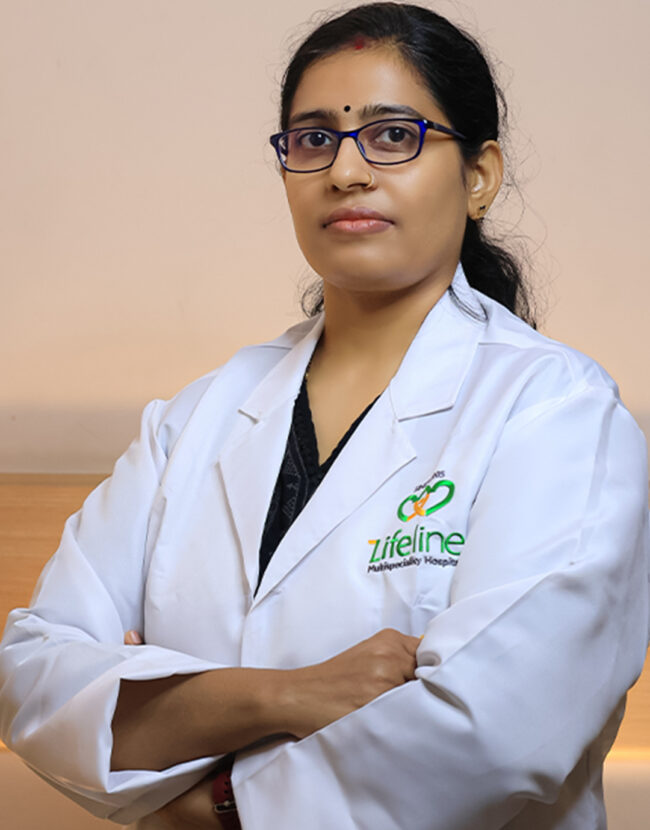Best Fertility Clinic in Pathanamthitta, Kerala
Are you searching for the best reproductive medicine clinic in Pathanamthitta, Kerala? We understand that trying to conceive can be an emotional and overwhelming journey. You want the best care, the most advanced treatments, and a team that understands what you’re going through. That’s exactly what we offer here at our clinic—personalized care, expert treatments, and unwavering support to help you achieve your dream of starting a family.
Why We’re the Best Fertility Clinic in Adoor, Kerala?
Expertise You Can Trust
Advanced Fertility Treatments
Cutting-Edge Technology
Personalized and Compassionate Care
Emotional and Psychological Support
Comprehensive Fertility Services
In Vitro Fertilization (IVF)
Intrauterine Insemination (IUI)
Intracytoplasmic Sperm Injection (ICSI)
Fertility Preservation (Egg & Sperm Freezing)
Egg & Sperm Donation
Surrogacy
Our Doctor
Dr. S. Pappachan
Dr. Cyriac Pappachan
Dr. Kripa Rachel Philip
Dr. Mathew Pappachan
Dr. Keerthi .K .Kuttan
Dr. Sreelakshmy R Nair
Dr. Leeja K Samuel
Refined Wellness
for Your Body and
Mind
What Sets Us Apart?
With several clinics offering fertility treatments in Kerala, you might wonder what makes us stand out. Here’s why we are recognized as the best fertility clinic in Pathanamthitta:
High Success Rates
Our success stories speak for themselves. We have helped countless families achieve their dreams of parenthood, thanks to our high success rates in treatments like IVF and ICSI. We use the latest technology and provide individualized treatment plans to optimize the chances of a successful pregnancy.
Affordable Treatment Options
We believe that cost should not be a barrier to starting a family. That’s why we offer affordable fertility treatments without compromising on quality. We also provide flexible payment options, making fertility care accessible to a wide range of families.
Compassionate Care That Makes a Difference
At our clinic, you’re more than just a patient—you’re part of our family. We provide compassionate care at every step, ensuring you feel supported and cared for throughout your fertility journey. Our team takes pride in not just providing excellent medical care but also offering the emotional support you need during this time.
FAQs for a Fertility Clinic in Pathanamthitta, Kerala
Our fertility clinic offers a variety of treatments, including fertility evaluations, ovulation induction, Intrauterine Insemination (IUI), In Vitro Fertilization (IVF), Intracytoplasmic Sperm Injection (ICSI), and fertility preservation options. Our team will recommend the best treatment based on your specific needs.
IVF typically takes about 4-6 weeks per cycle and involves several steps, including ovarian stimulation, egg retrieval, fertilization in the lab, and embryo transfer. Our fertility specialists will walk you through each stage to ensure you understand the process fully.
If you’ve been trying to conceive for over a year (or six months if you’re over 35) without success, it may be helpful to consult a fertility specialist. Our team can provide a thorough evaluation to determine any underlying issues and recommend the most suitable treatment.
Fertility treatments are generally safe, but, like any medical procedure, they carry some risks. These may include mild discomfort, ovarian hyperstimulation syndrome, and multiple pregnancies. Our doctors will discuss all potential risks and take steps to minimize them for your safety.
Yes, we understand that fertility treatments can be an emotional journey. Our clinic offers counseling services to support you and your partner throughout the process, helping you manage any stress or anxiety related to treatment.
Success rates vary depending on factors like age, health, and the type of treatment. During your consultation, our specialists will provide you with realistic expectations and detailed information based on your personal circumstances.
To book an appointment, you can call us directly or visit our website. Our team is here to help answer any questions and guide you through the process of starting your fertility journey.
Error: Contact form not found.
Get Started with the Best Fertility Clinic in Pathanamthitta
Don’t wait—schedule your consultation today and let us help you on your path to parenthood.








